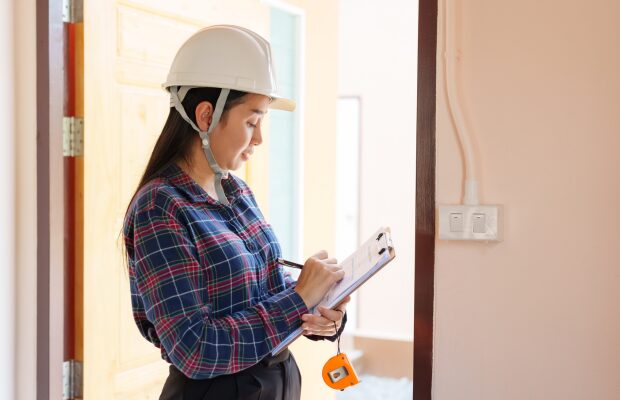It’s estimated that the government’s Help to Buy scheme has helped as many as 270,000 people purchase a home
since 2013.
But what is Help to Buy and how does it work? Here, we’ll outline everything you need to know about the scheme, as well as the new rules set to come into force in 2021…
What is Help to Buy?
Help to Buy is a government scheme that allows buyers in England to purchase a property with only a 5% deposit, compared with the usual minimum 10% deposit that most mortgage lenders require.
How does Help to Buy work?
With a Help to Buy property purchase, you put forward a minimum deposit of 5% of the property’s purchase price and the government will give you an equity loan of 20%.
That means you put forward, in total, a 25% deposit, with a 75% mortgage funding the remainder of the purchase price.
Having a 25% deposit usually means you can get access to better mortgage rates.
Other facts about the Help to Buy equity loan
- The 20% equity loan is interest free for five years
- From year six, you’ll be charged 1.75% interest on the loan, which increases along with the Retail Prices Index plus 1% every year thereafter
- The equity loan goes up or down in value depending on the value of your home, so if you buy a property for £200,000 with a 20% equity loan of £40,000 and then sell five years later for £250,000, you’ll pay back £50,000 – 20% of your home’s new value
- You can pay back your equity loan in full or in part at any time, with the minimum amount you can pay back set at 10% of your home’s market value at that time
Who is eligible for Help to Buy?
Under the current Help to Buy scheme, which ends in March 2021, both first-time buyers and current or previous homeowners are eligible.
You are not eligible for Help to Buy if:
- You are buying a second home or a property to rent out
- You wish to take out an interest only mortgage
The purchase price of your property must be no more than £600,000 and you must have at least a 5% deposit.
Help to buy in London: Are the rules different?
For buyers using Help to Buy in London, they can purchase a home up to a value of £600,000, but the equity loan available from the government is for up to 40% of the property’s purchase price.
That means, with a 5% deposit, you would only need a mortgage for 55% of the property’s purchase price.
All other rules remain the same for buyers in the capital.
Is Help to Buy only for new builds?
Help to Buy is only available on new-build properties and through developers registered with the scheme.
Help to Buy houses: What can I buy under the scheme?
Buyers looking to use Help to Buy can buy any new-build property as long as the developer or builder is selling their homes through the scheme.
How much can I borrow with Help to Buy?
Under the Help to Buy scheme, you can borrow up to 20% of your property’s purchase price, or 40% if you’re buying in London.
Purchase prices under the scheme are capped at £600,000 in England.
The new rules for Help to Buy
The current Help to Buy scheme is ending on March 31, 2021.
That means if you’re buying a new home under the current scheme, you must be able to complete your purchase by that date in order to be eligible and your builder must be able to complete the build of your property before February 28, 2021.
However, if you reserved your home before June 30, 2020 and have experienced a delay due to Covid-19, you may have more time to complete beyond that March 31, 2021 deadline.
From April 2021, Help to Buy will only be available to first-time buyers.
The £600,000 purchase price limit will also be abolished in favour of regional purchase price caps, including:
- London: £600,000
- South East: £437,600
It’s expected that homes under the new Help to Buy scheme will start becoming available to reserve from the end of 2020.
Further reading…
If you’re a first-time buyer thinking of buying a home under the new Help to Buy scheme when it launches in April 2021, take a look at our first-time buyer checklist, which outlines everything you need to know about buying a home.








